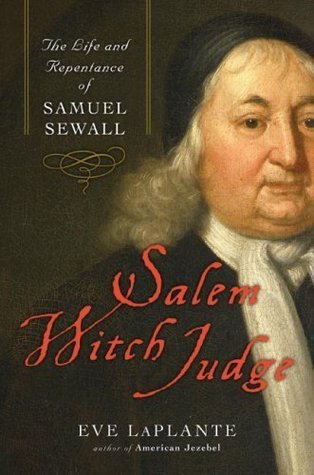What do you think?
Rate this book


370 pages, Kindle Edition
First published October 1, 2007
"Samuel saw no convincing evidence that women's bodies were less likely to be resurrected than men's although this was the teaching of his church. Puritan theology envisioned heaven as masculine. Men's physical bodies were resurrected as such, but women, once their reproductive function on earth was fulfilled, had no physical role in the afterlife."